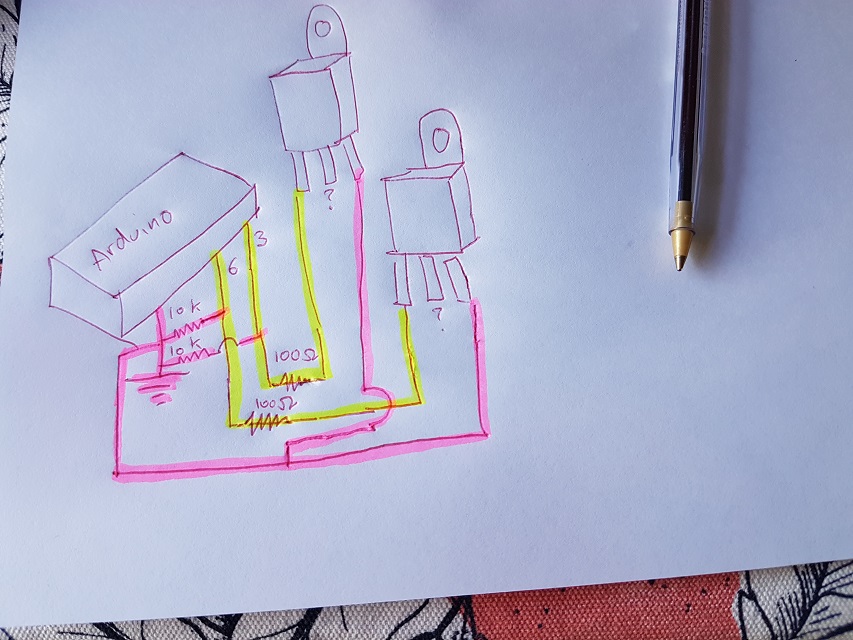Hey guys,
I'm hacking an old rc helicopter so that an arduino can power it. I wired the arduino up to the CEP83A3 (N-Channel Enhancement Mode Field Effect Transistor) that exists on the circuit board ...
http://web2.cet-mos.com/PDF/CET-MOS/TO-220-263-N/CET_CEP83A3.PDF
Im giving it PWM, which works up to about 90, but any higher than that and the arduino cuts out, so i'm guessing there's a voltage spike that happens with the high current motor.
Do I need a diode somewhere? Or a capacitor? The circuit board already has capacitors so I thought it would be all good - here's a photo ...

I'm hacking an old rc helicopter so that an arduino can power it. I wired the arduino up to the CEP83A3 (N-Channel Enhancement Mode Field Effect Transistor) that exists on the circuit board ...
http://web2.cet-mos.com/PDF/CET-MOS/TO-220-263-N/CET_CEP83A3.PDF
Im giving it PWM, which works up to about 90, but any higher than that and the arduino cuts out, so i'm guessing there's a voltage spike that happens with the high current motor.
Do I need a diode somewhere? Or a capacitor? The circuit board already has capacitors so I thought it would be all good - here's a photo ...


